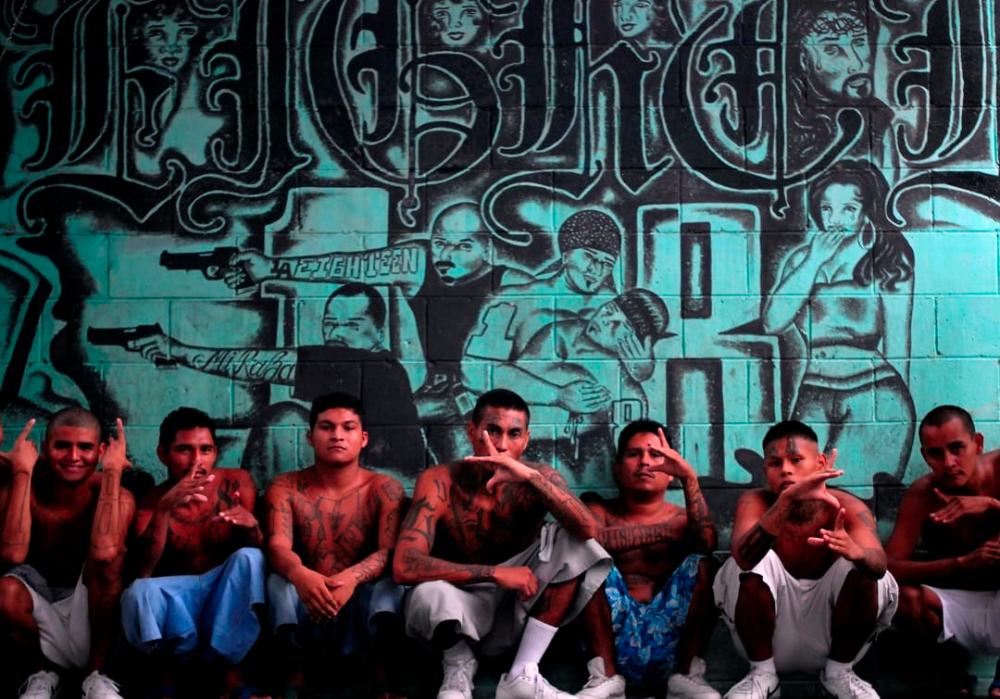PARIS: Central America’s most populated nation, Guatemala is scarred by civil war, gang violence and poverty, its people among the streams of migrants heading north to the United States.
Ahead of the presidential run-off vote on August 11, here are some facts about the country that is home to 17.7 million people.
Rural poor
While Guatemala has the biggest economy of Central America’s seven countries, it also has some of the worst poverty, malnutrition and maternal-child mortality rates in Latin America, the World Bank says.
Economic growth stood at 3% in 2018 and is projected at 2.9% in 2019, with textiles and clothing, coffee, sugar, silver and bananas among its main exports.
However, nearly 60% of its population lives below the poverty line of US$1.50 (RM 6) a day, most in rural and indigenous areas.
The United States is Guatemala’s top trading partner, with remittances in 2018 amounting to about 12% of its GDP.
Guatemala’s homicide rate, among the highest in the world, has been dropping: by late 2018 the rate was 22.4 murders per 100,000 people, down from 26.1 one year earlier, according to official figures.
Around half the killings are blamed on drug trafficking and extortion by powerful gangs.
Guatemala has also produced two Nobel laureates: Miguel Angel Asturias for Literature in 1967, and Rigoberta Menchu for Peace in 1992.
Migrant gateway
Located on Mexico’s southern border, Guatemala is a gateway for the vast numbers of Central American migrants aiming to reach United States by land.
In July 2019, the US and Guatemala governments signed an agreement under which these migrants must request asylum when they enter Guatemala.
The accord, which has come under fire for designating Guatemala with its high murder rate a “safe third country,“ is tied up in court and has yet to come into effect.
US President Donald Trump has also pressured Mexico to halt migrants at its porous border with Guatemala.
The Guatemalan National Migrant Assistance Council estimates that about 1.5 million Guatemalans live in the United States. Of those, only between 300,000 and 400,000 have legal residence.
36-year civil war
Once a center of the Mayan civilization, Guatemala was ruled by Spain from 1524 until its independence in 1821. Spanish remains its official language, but there are also 24 native languages, all but two of Maya origin.
In 1954, the leftist government of freely elected President Jacobo Arbenz Guzman was overthrown in a US-backed coup, leading to a string of pro-American, right-wing regimes and the outbreak of civil war.
The fighting between government troops, left-wing rebels and right-wing vigilante groups ended with a peace accord in 1996.
Some 200,000 people died or were forcibly disappeared during that period, more than 80% of them ethnic Mayas, according to United Nations figures. About 1.5 million people were displaced or exiled.
Military dictator Efrain Rios Montt, who ruled from 1982 to 1983, died in 2018 while on trial for genocide committed at the peak of the war.
‘Ring of Fire’
Guatemala is situated in the “Pacific Ring of Fire,“ a vast region where around 85% of the world’s seismic activity is concentrated.
The Fuego volcano, 35 km southeast of the capital Guatemala City, erupted five times in 2018, claiming around 200 lives in June.
Three other volcanoes surround its landmark Lake Atitlan, Guatemala’s most important tourist attraction. — AFP









